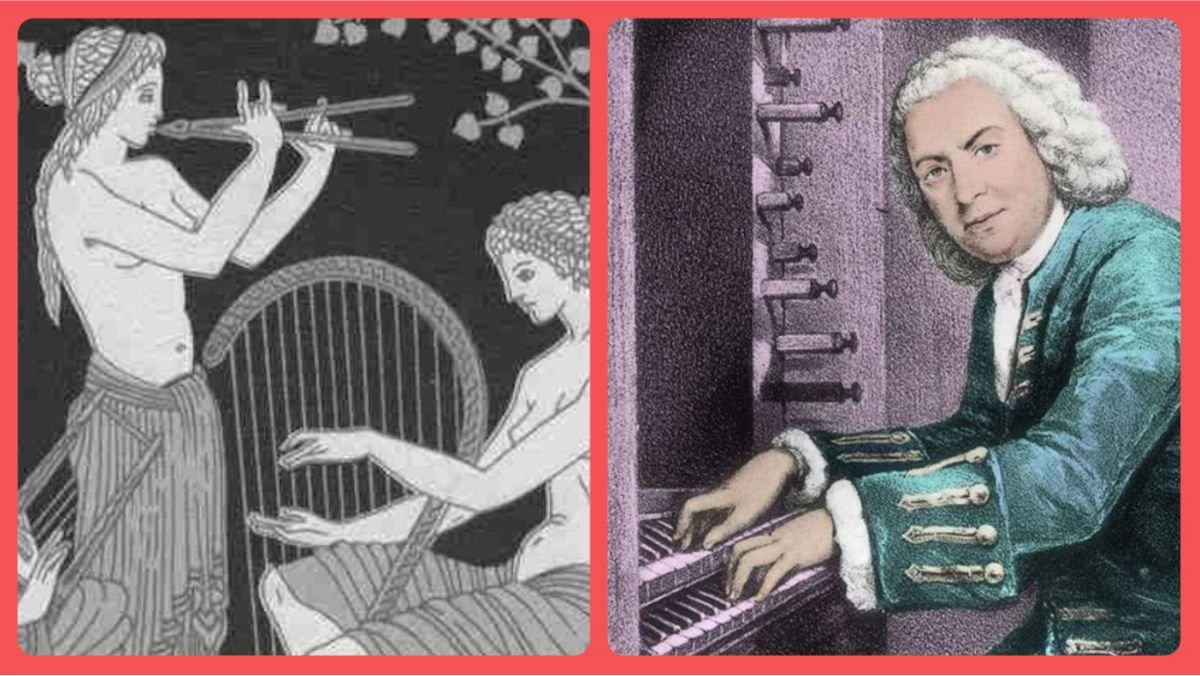What is the difference between modal and tonal music? Often when analysing jazz standards we distinguish between modal and tonal pieces, and the same happens when we talk about improvisation: there is modal improvisation and tonal improvisation. So let’s try to explain the difference between modal and tonal music by giving some concrete examples.
Tonal music
Almost all the music we hear and know is tonal music. Classical music from 1600 to 1900 is tonal. For example, the music of Bach, Beethoven, Mozart, Chopin, as well as all the lyrical and operatic repertoire, belong to the category of tonal music.
We can also classify the vast majority of songs, rock (with partial exceptions in so-called psychedelic rock) and jazz, at least until the 1950s, as tonal.
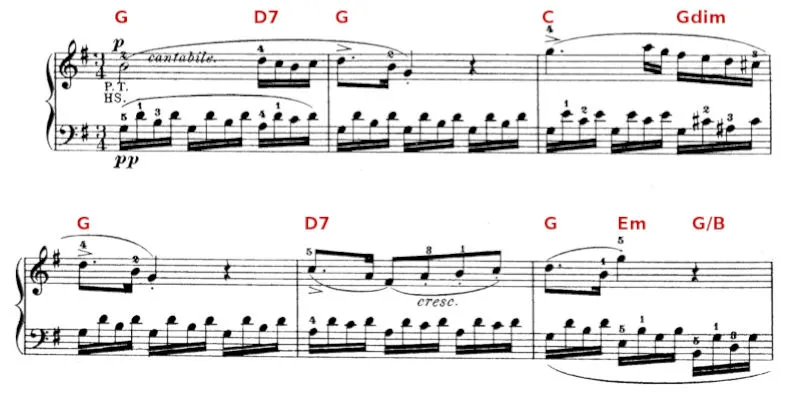
Let’s now go on to explain in more detail and technical terms how tonal music works.
How tonal music works.
The definition of tonal music itself derives from the musical system that emerged between the 16th and 17th centuries and is called the tonal system. The tonal system consists of choosing a main scale, or tonality, and composing a piece of music using mainly the notes of that scale.
Playing mainly the notes of one scale does not mean excluding the others. It does mean, however, that the notes of the chosen scale will be the most important, while the remaining notes will be used more rarely and in less important positions.
The concept of tonality is not limited to the choice of individual notes in the melody, but also concerns the choice of chords. In the tonal system, each scale carries with it a specific set of chords, derived from the scale itself. The chords derived from the chosen scale will therefore be more important than chords made from notes outside the scale.
Tonal music: sounds are not all equal
In tonal music, sounds are organised hierarchically. Within a tonal piece we can classify notes into three groups:
The notes of the chord being played at any given time
The notes of the key of the song, i.e. the seven notes of the scale
The remaining notes, which do not belong to the scale and are therefore outside the key
While the notes of groups 2 and 3 are already defined at the beginning of the piece, with the choice of scale, the notes of the first group change continuously as the chords change throughout the piece.
For example, if a song is in the key of C major the notes in group 2 would be C D E F G A B, the notes in group 3 would be C# D# F# G# A#. The notes in group 1 will depend on the chord being played at any particular time in the song.
The organisation of sounds is therefore hierarchical, in that some notes are more important than others at any given time. The notes of the chord are the most important (group 1), the notes outside the scale are the least important (group 3), the notes of the scale belong to the intermediate group (group 2).
In a tonal piece, chords also have different importance. In particular, the root and dominant chord are more important than the other chords. For more on this, see the lesson on cadences.
We said that the tonal music system was established about three centuries ago, but how did music work before that? Before the tonal system based on scales and chords was established, music was based on a modal music system. Let’s go and see how it works.
Modal music: what it is and how it works
Modal music is less sophisticated than tonal music, modal music is in fact based on a scale and uses the notes of that scale without any particular complications. Within a given scale (or mode) the notes are all the same, they have no particular roles.
For example, the music of ancient Greece, from which the names of the medieval scales used in Gregorian chant were derived, was modal music. Gregorian chant was modal music as well. In both cases, musical compositions were based on a specific scale and used only the notes of that scale.
Modal music therefore uses a smaller number of sounds, limited to the notes of the chosen scale. Within that scale, however, the notes are all equal.
Modal pieces differ from tonal ones because they use a limited number of chords, sometimes only one chord. On that chord, melodies or improvisations based on the chosen modal scale are then created.
Modal music: music of the past… but not only
In the history of Western music, modal music preceded tonal music. In the transition to the tonal system, the previously used modal scales were abandoned. Only two main scales survived, the major scale and the natural minor scale.
Is modal music therefore music of the past? Not only. Since the beginning of the 20th century, some musicians have started to use modal scales again, to experiment with fresh and new sounds.
This type of research coincided with the rediscovery of popular traditions in areas other than music, for example in painting. The exoticism that took hold at the beginning of the last century favoured the study and discovery of non-western musical traditions, which used modal musical systems.
For example, much African music is based on the pentatonic scale and does not use chords. It is therefore an excellent example of modal music. Below is the sheet music of a melody from South Africa.
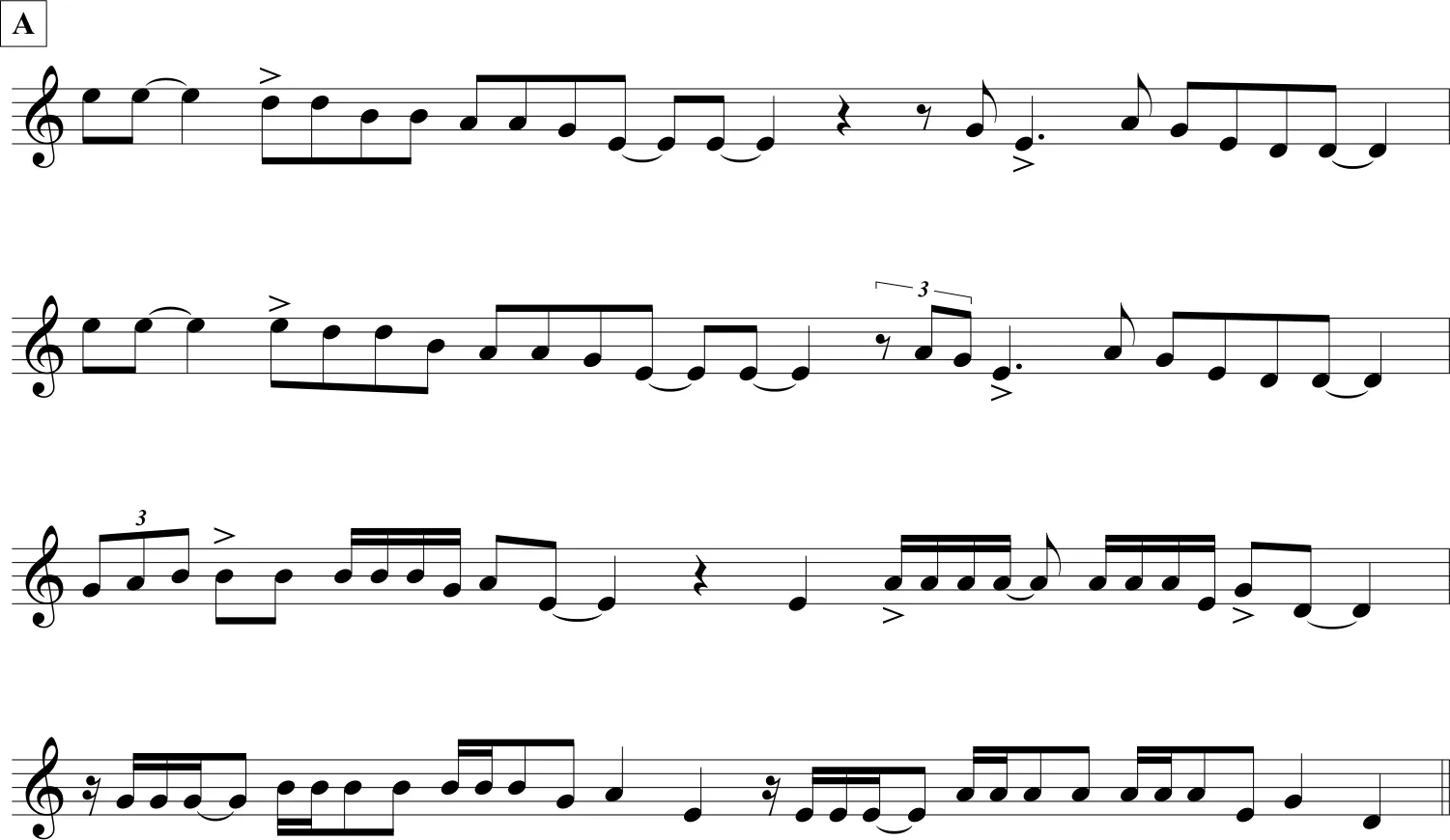
The interest in modal music also affected jazz and rock musicians, who were looking for new possibilities in modal scales for improvisation. Here are some examples.
Modal jazz
Among jazz musicians, the first to use modal scales for improvisation were Charles Mingus, Miles Davis and John Coltrane. Particularly important was Miles Davis’ album entitled Kind of Blue, released in 1959, in which the trumpeter and his musicians experimented with improvisation on certain modal scales.
Another very important recording in this area was made by John Coltrane about a year later and is entitled My Favorite Things. Miles Davis and John Coltrane were key figures in the spread of modal improvisation among jazz musicians.
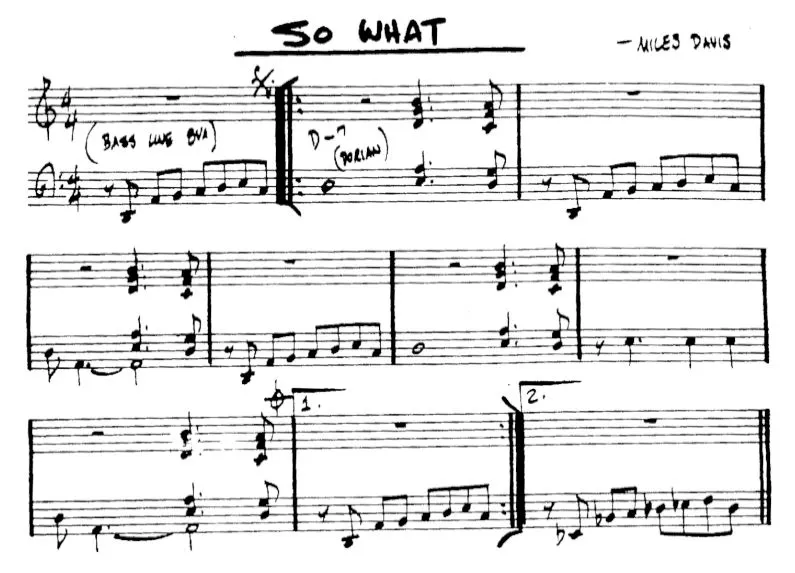
Psychedelic rock
Psychedelic rock dates back to the 1960s and featured historic bands such as Jefferson Airplane, the Grateful Dead and the Doors. The Beatles and Pink Floyd also played modal music. Jimy Hendrix and Carlos Santana have also played modal music.
While jazz musicians explored modal music in a more rigorous and comprehensive way, in psychedelic rock and rock in general, it is often only a part of the song that is modal, mostly the part intended for solos. This is what happens for instance in The End by The Doors.
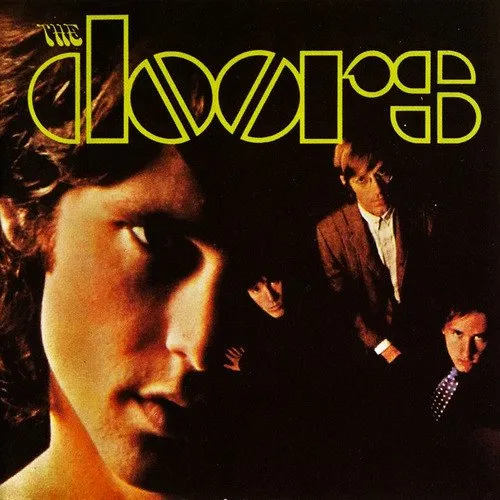
A strange encounter between tonal and modal: the blues
Although early jazz was tonal music, there has been a strong modal component in the roots of African-American music from the very beginning: the blues.
The blues is a very original musical genre because it balances tonal and modal elements. From tonal music, the blues preserves the use of major chords, those built on the 1st, 4th and 5th degrees of the chosen tonality.
On these chords, however, the blues also incorporates the modal scales typical of West African music, in particular the pentatonic scales and the blues scale. This is why the blues is a kind of hybrid, partly tonal and partly modal. A very fascinating musical genre, because of its originality and uniqueness.
Final thoughts: modal and tonal music
For those who play an instrument, understanding the difference between modal and tonal is very important. Those who play piano or guitar should be familiar with chords, while those who want to improvise should know at least the most common modal scales, for example those used by jazz greats like Miles Davis.
The tonal system is both more rigid and more flexible than the modal system. It is more rigid because, by using chords, the melody can no longer proceed in a completely free way, but is somehow forced to take into account the chords themselves. It is more flexible, because within a tonal piece all twelve sounds of the chromatic scale are always available, while modal music tends to exclude some of them.
I hope that in this lesson I have clearly explained the difference between tonal and modal music. If you have any questions or would like to give me your opinion on this lesson, please do so in the comments below. Thank you!

